So it has become something of a habit that I go hiking at least once a week with my friends. And I thought it was about time that I summarize some of the fabulous hikes we have taken together.
Hiking, it should be noted is a very German pastime. The subcategories of hiking are “Spaziergang” which involves a jaunty walk lasting less than 2 hours and “Wanderung” which must last at least 2 hours to qualify for this category regardless of level of difficulty.
Bebenhausen: It was only a short bus ride from Tübingen out to this idllyic small town, but we ended up taking a 13 km hike around the Schönbuch forest preserve. One of the highlights of this hike was the small forest libraries located towards the start of the trail. It was charming and I was able to lend out a small thriller (called Krimi), which is one of the more popular genres in German popular literature. It was interesting because there was actually a gate at the entrance to the park, but it was free for everyone to open, so it was really an enclosed park. We did not originally intend to go 13km but as it turns out, we took a real Wanderung after all. We ended up going through some gorgeous wine mountains and landing in a small town nearby. All in all it was a great day under the open skies and my first experience being in a national park in Germany. It also convinced my friends and me that we should keep hiking.
Blaubeuren: This hike actually took place during our class retreat. We went on a tour of the monastery located in the town of Blaubeuren and then proceeded to the Blautopf, or blue lake in town. Blaubeuren actually has a special connection with the University of Tübingen because it is where the bishop who asked the pope for permission to open the Uni Tübingen lived. Then we went past the blue lake to some ruins located on the top of the mountain. Although it did not technically take 2 hours to get to the top, this was a much more difficult hike than in Bebenhausen. Afterwards we hiked to a giant cross and memorial on the top of a hill in Blaubeuren. This was actually nice even though the first hike had been kind of tiring. It was good to have an afternoon off of classes to just enjoy nature and be outside.
Lichtenstein: This was perhaps the only one of the hikes that actually had a goal at the end. We hiked not to Lichtenstein the country (which is in fact properly spelled Liechtenstein in German),but to Castle Lichtenstein located about 40 km from Tübingen. We took a bus most of the way and only ended up hiking a few kilometers. This was most definitely a Spaziergang. It was very easy and partially paved and of course ended in a castle and a biergarten. The castle itself was modeled after a book at the wish of Count of Urach, so it was literally something out of a fairytale. It was located on the edge of this beautiful cliff and had a gorgeous view. This hike was one of the best planned so far and we even remembered to bring a cake along to eat at the end of the trip up to the castle. This castle also has a connection to the University because its owners were relatives of Count Eberhard Karl (for whom the University is actually named).
Bodensee (Lake Constance):
The English translation of the name of this lake will always remain a mystery to me, but it was really gorgeous no matter what it was called. This trip was yet again in conjunction with my German course. We took a bus from Tübingen down to the lake to first look at the Marienkirche located on the shore of the lake. We went to Schloss Meersburg where Annette von Droste-Hülshoff, a very important German poet lived and learned about her life a bit. My favorite part however, was neither the castle, nor the church (although both were cool), but the stone-age museum that we saw on the lake. The stone-age museum was actually a collection of reconstructed stilt houses in the lake. The houses were built because the provided optimal protection from animals and allowed for easy access to trade routes.
This was interesting to me because it was something that I had never expected to see something like this in Germany. With the abundance of castles and churches, it is easy to forget that there were periods in German history before any of that was built. So, this wasn’t really a hike per se, but we still had quite a good Spaziergang between the different points of our trip and enjoyed a nice day on the lake.
The “German-ness” of hiking reminds me of an important cultural difference between the U.S. and Germany. Germany, at least the Green-Party-dominated region of Baden-Württemberg, is a country that is very aware of its relation to nature. Aside from the fact the Green party, which bases the majority of its politics on an environmental viewpoint, is a major player in parliament, Germans themselves seem to take into account the environment in small ways in everyday life. Recycling is precisely sorted out people are more willing to take public transportation systems and always bring their own reusable bags to the supermarket. The bike lane is something to fear whilst crossing the street due to the number of bikes zooming past at any given moment. And its not to say that these lifestyle choices are not without their marginal benefits: gasoline is much more expensive here in Europe so it makes sense to drive less, the urban sprawl allows for more public transportation in more places and German grocery stores charge for plastic bags making it cheaper to bring your own bag. However, I find it overwhelmingly positive that such initiatives exist at all and that care for the planet is in the forefront of everyone’s minds. And with all the gorgeous opportunities to hike, how could you not want to do everything to protect the planet?
Bis Bald!
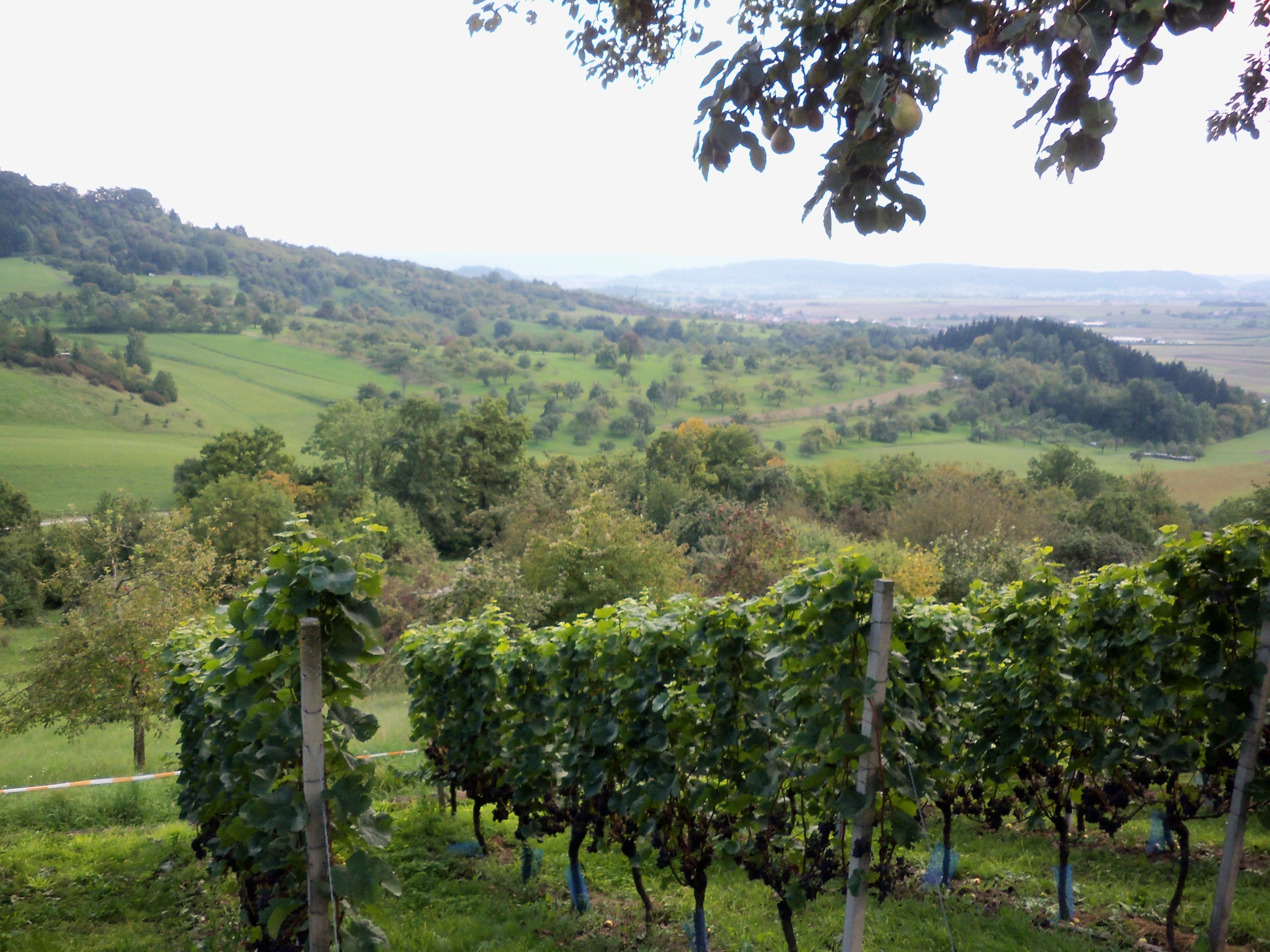
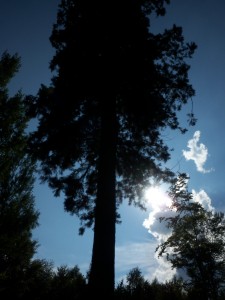
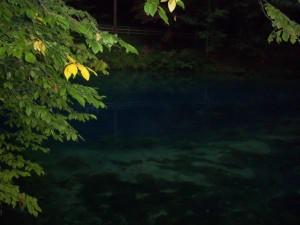
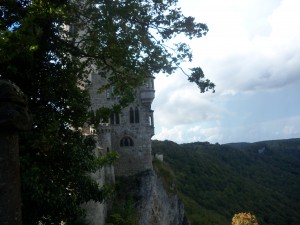
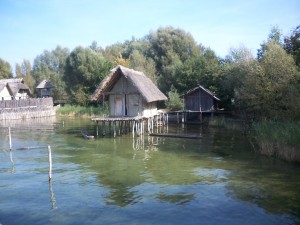
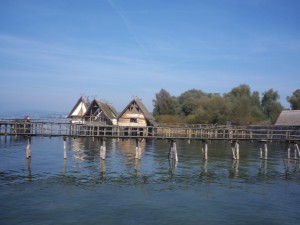
Leave a Reply